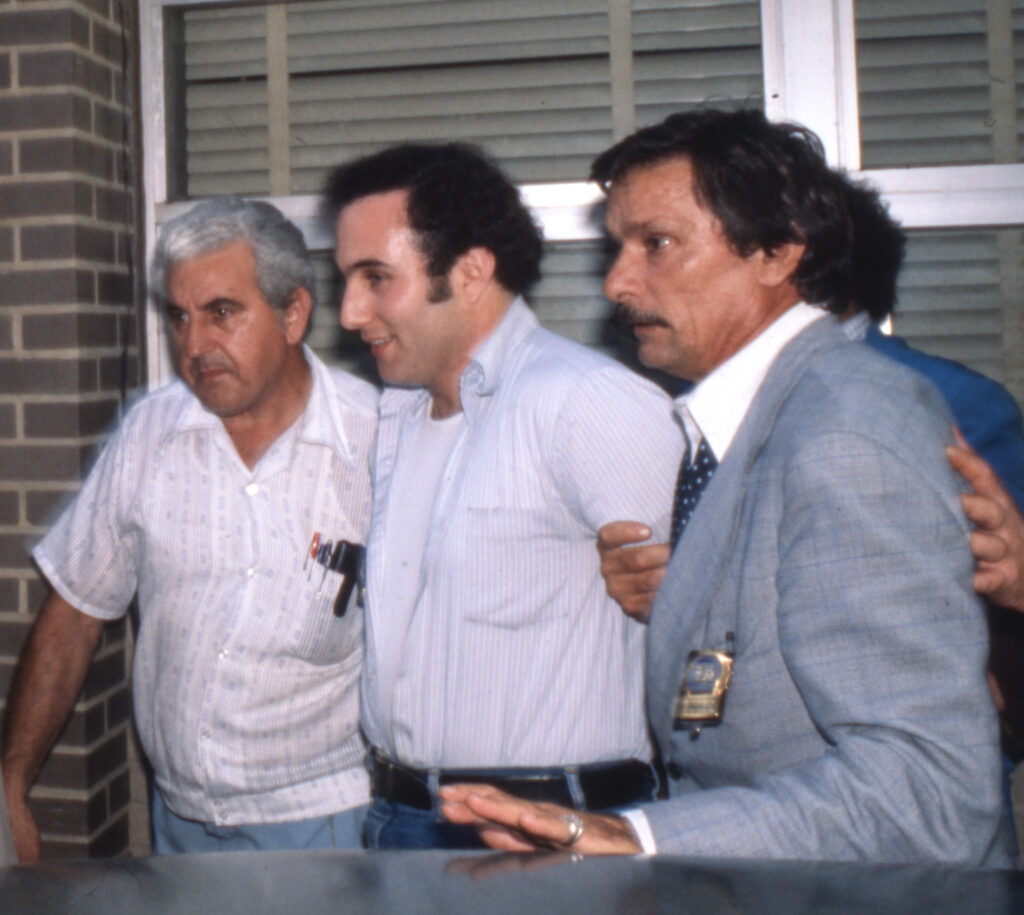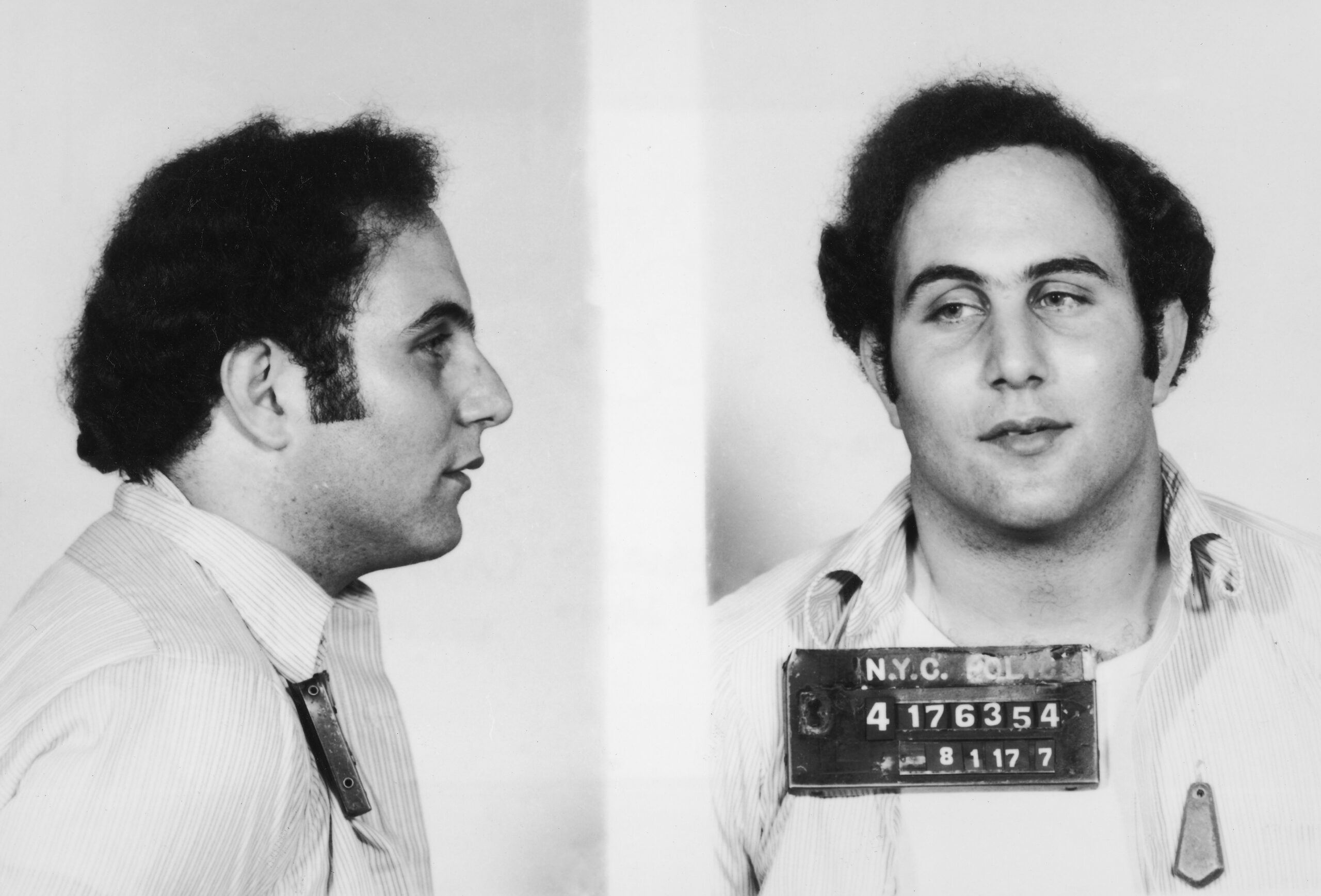Between 1976 and 1977, a wave of shootings terrorized New York. Young women were gunned down in cars, on sidewalks and in lovers’ lanes. A cryptic letter signed “Son of Sam” taunted police and the media, heightening public fear. Netflix’s Conversations with a Killer: The Son of Sam Tapes revisits one of the most notorious serial killers in American history – but it doesn’t stop at the crimes. Through never-before-heard audio interviews with David Berkowitz himself, the series digs deep into the chilling chaos of 1970s New York, and the disturbing possibility that the man known as the “Son of Sam” didn’t act alone.
For true crime fans, this series is a gripping deep-dive into one of the most legendary cases in American criminal history. But it also caters to conspiracy theorists and investigative journalism buffs. If you were hooked by earlier Netflix hits like Making a Murderer, The Innocence Files or Trial 4, this is essential viewing.
The new Netflix docuseries uncovers a chilling chapter of true crime history
Netflix’s Conversations with a Killer: The Son of Sam Tapes is the latest installment in the streamer’s ongoing true crime series, following previous entries on Ted Bundy and John Wayne Gacy. This time, the focus turns to David Berkowitz, the man who paralyzed New York City with a string of seemingly random shootings in the late 1970s. Through never-before-heard prison interviews, archival news footage and interviews with journalists and investigators, the series revisits the terror Berkowitz instilled and the lasting questions surrounding his case.
What survivors have said about facing the notorious serial killer
Wendy Savino was officially recognized in 2024 as the earliest known victim of Berkowitz, after being shot five times and losing her eye. She endured decades of disbelief before the NYPD linked the attack to Berkowitz. Reflecting on this confirmation, New York Post reports she said, “For so many years … if somebody asked me what happened … I’d say, ‘I was shot by Son of Sam,’ and it was, ‘Oh right, sure you were.’ I am very happy that I am going to be listed as one of his survivors.”
In a 2016 interview, Jodi Valenti shared the emotional aftermath of surviving the attack: “It took probably about six years of my life to be able to get in a car at night. … But I faced my fears.”
One particular tragic story involved Robert Violante. He lost sight in one eye and eventually in both eyes from the trauma. Years later, Violante voiced frustration that victims become overshadowed in true crime discourse. “Unfortunately, the victims do get forgotten, and the criminals just keep getting sensationalized. I just want the victims to know that I’m here to speak out so we aren’t forgotten.”
How Berkowitz’s crimes inspired the Son of Sam laws
In the aftermath of David Berkowitz’s arrest in 1977, a new fear began to grip the public – not of more killings, but that the so-called “Son of Sam” might profit from his own infamy. Reports surfaced that publishers and producers were offering Berkowitz lucrative book and movie deals. In response, New York quickly passed what would become known as the Son of Sam law, aimed at preventing criminals from earning money by selling the rights to their stories.
The original Son of Sam law, enacted in the same year as his arrest, allowed the state to seize any profits from such deals and redirect them to the victims or their families. It required that any income derived from a criminal’s notoriety (through books, films, interviews or merchandise) be placed in escrow and made available for civil lawsuits. Today, revised Son of Sam laws still exist in multiple states, allowing victims to sue perpetrators for profits tied directly to criminal acts.
How did the Son of Sam get caught?

David Berkowitz, also known as the “Son of Sam,” was arrested on Aug. 10, 1977, after more than a year of terrorizing New York City with a string of late-night shootings that left six people dead and seven injured. His capture ended one of the most intense manhunts in U.S. history. Despite months of fear and public pressure, it wasn’t high-tech forensics or an elaborate sting that brought Berkowitz down – it was a parking ticket.
On July 31, 1977, the night of his final attack, a witness spotted a suspicious man near the scene in Brooklyn and noted a parking ticket on a yellow Ford Galaxie. NYPD investigators traced that ticket to David Berkowitz of Yonkers, a postal worker with no criminal record. When detectives checked with the Yonkers police, they found several reports of bizarre behavior.
Police quickly placed Berkowitz under surveillance. Two days later, on Aug. 10, they pulled him over outside his apartment. Inside his car, they found a .44-caliber revolver, maps, and threatening letters. People reports that upon arrest, Berkowitz told police, “You got me. What took you so long?”
He immediately confessed to the shootings, claiming he was commanded to kill by a demon that possessed his neighbor’s dog. His bizarre motives, later questioned, only added to the legend. Though many details of the case remain controversial, his arrest was ultimately the result of old-fashioned police work, a lucky lead and public vigilance.
Could the murderer have been multiple people?
One of the most provocative aspects of Conversations with a Killer: The Son of Sam Tapes is its deep dive into the conspiracy theory that David Berkowitz did not act alone. The theory gained traction largely due to journalist Maury Terry, whose decades-long investigation suggested that Berkowitz was part of a satanic cult that coordinated the murders.
Terry believed that the inconsistencies in witness statements, many of which described suspects who didn’t match Berkowitz’s appearance, pointed to multiple shooters. The Netflix series gives Terry’s theory significant airtime, using archival interviews, old footage and taped conversations with Berkowitz himself.
The series leaves the question open-ended, acknowledging that official investigations dismissed the multiple-killers theory, but also presenting evidence that raises doubts. For example, police sketches of suspects often varied widely, and some victims reported seeing two people near the crime scenes.
Where is David Berkowitz now?
More than four decades after his arrest, David Berkowitz remains in prison, serving six consecutive life sentences for the murders that terrorized New York City in the late 1970s. As of 2025, he is incarcerated at Shawangunk Correctional Facility, a maximum-security prison in Wallkill, New York.
While he was once known as the “Son of Sam,” Berkowitz now refers to himself as the “Son of Hope.” In prison, he claims to have found religion, becoming a born-again Christian in the late 1980s. Berkowitz has been denied parole multiple times, most recently in 2024. He no longer seeks release, saying he doesn’t believe he deserves to be free and is content to spend the rest of his life in prison. Despite that, his name continues circulating in pop culture, true crime media and conspiracy theories – something he has reportedly tried to distance himself from.

